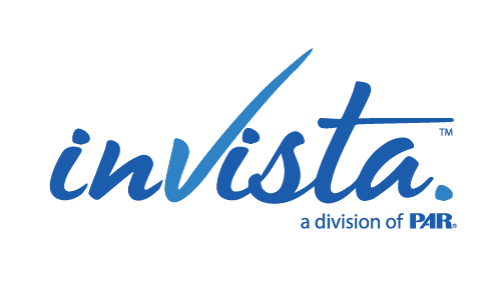When an organization has highly engaged employees who care about their work, are committed to the organization’s mission, and are now facing additional challenges caused by the pandemic, it is essential to equip them with the support and resources they need to continue doing good work—without burning out. Burnout is linked to high engagement, with too much engagement having the potential to increase burnout—especially in the presence of high work demands and time pressure.
Here are some of the top contributors of burnout and some strategies to reduce this outcome.
1. Lack of control or autonomy. Autonomy is the degree to which a job provides freedom and discretion to the individual in scheduling work and in determining the procedures to be used in carrying it out. Giving individuals a say in how their work is completed and in decisions that affect them is a major step in empowering employees and reducing their frustrations, which will in turn increase their motivation.
2. Perceived lack of fairness. Organizational justice or fairness is concerned with the ways in which employees determine if they have been treated fairly in their jobs. Perception is often more important than reality. Being transparent and open about decisions that affect employees—communicating the “why”—will help improve the perceptions of fairness.
3. Supervisor support. Perceived supervisor support is the extent to which employees believe their supervisors value their contributions, offer assistance, and care about their wellbeing. Even in tumultuous environments, employees will often stay if they feel supported by their supervisor. Likewise, even among the best workplaces, it is often cited that employees leave managers, not companies. One technique that can help ensure employees are being supported is to have reoccurring one-on-one meeting opportunities to provide coaching and mentoring and discuss employees’ needs.
4. Lack of social support. Social support means having people to turn to in times of need or crisis and involves having people to lean on to buffer against adverse events. Support may come from supervisors, coworkers, or the organization in general, but having social support in the workplace is important for employees in bolstering the perception that their wellbeing is valued. Encouraging mentorship is one strategy for expanding social support.
5. Lack of recognition or reward. Recognition is the acknowledgment of a company’s staff for exemplary performance and can be given by anyone at the company at any time. Rewards are tied to goals and accomplishments and can be an incentive for high performance. It is important to remember all individuals are unique in their desire for recognition and rewards—while some may like public praise, others may find this act rather “punishing.” Consider your employees’ preferences when celebrating their successes.
6. Lack of resources. Providing the necessary  resources (e.g., technology and equipment that functions properly) to allow employees to perform at their highest level is critical. Not having the proper tools and resources to complete one’s job is frustrating and demotivating, especially in jobs with high work demands, deadlines, and pressure. Be sure to ask employees what they need to complete their jobs more effectively and efficiently.
resources (e.g., technology and equipment that functions properly) to allow employees to perform at their highest level is critical. Not having the proper tools and resources to complete one’s job is frustrating and demotivating, especially in jobs with high work demands, deadlines, and pressure. Be sure to ask employees what they need to complete their jobs more effectively and efficiently.
7. Unclear expectations. Role ambiguity is the extent to which responsibilities and degree of authority are unclear in the workplace. Because unclear expectations are frustrating and demotivating, it’s important to help employees clarify their responsibilities and then create situations in which those responsibilities can be properly executed.
8. Workload and work–life balance. Having high work demands and poor work–life balance are high sources of stress. When an individual’s workload matches their capacity, they can effectively complete their work while having opportunities for rest and recovery and growth and development. When employees chronically feel overloaded, opportunities to restore balance do not exist, and work responsibilities often bleed over into life and family responsibilities.
Related article: How to encourage employee engagement
Removing unnecessary workplace stressors and providing organizational support are great ways to increase engagement and lower burnout. It is important for organizations to increase communication, set accurate goals and expectations, increase perceptions of fairness, and create a culture where wellbeing can safely be discussed.
For a FREE, complete guide to helping employees identify signs of burnout—and conquer them—click here.


Recent Comments